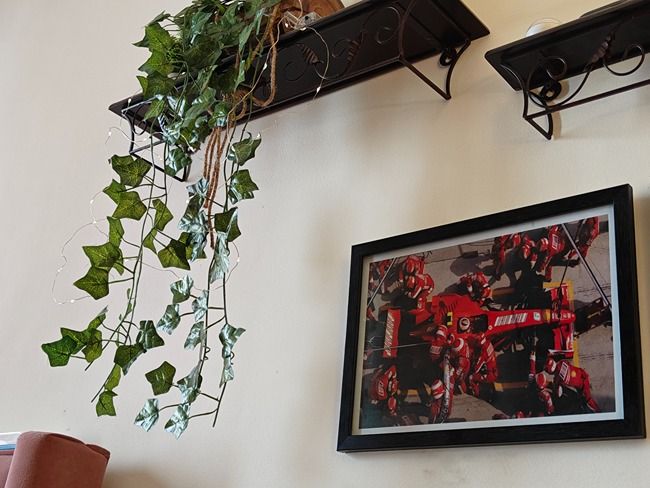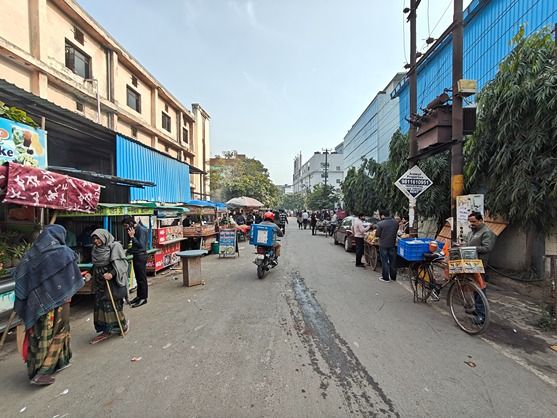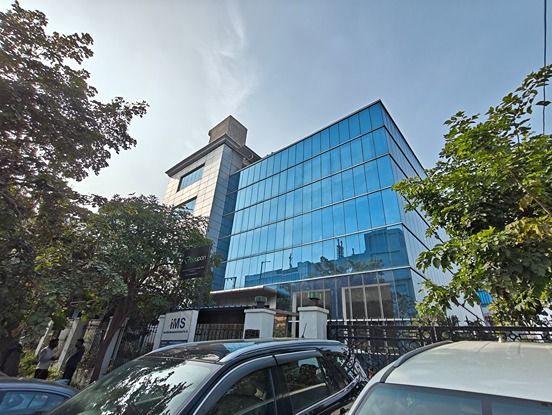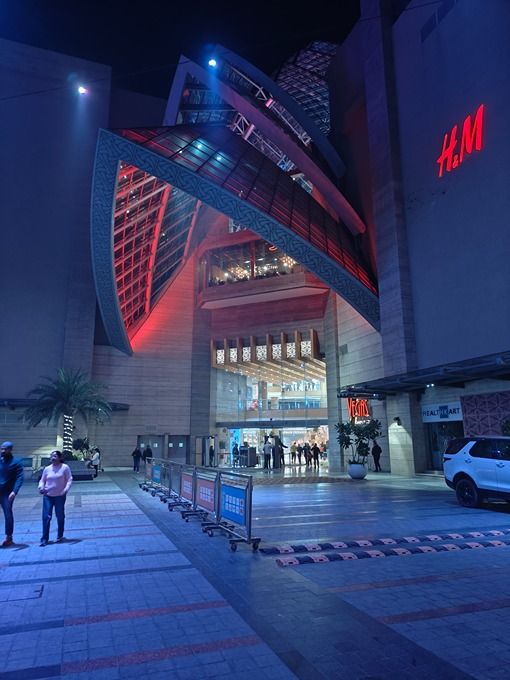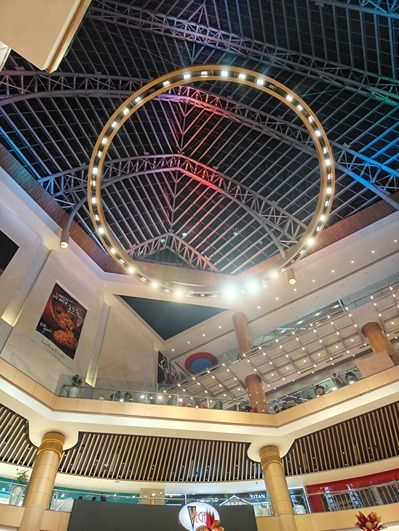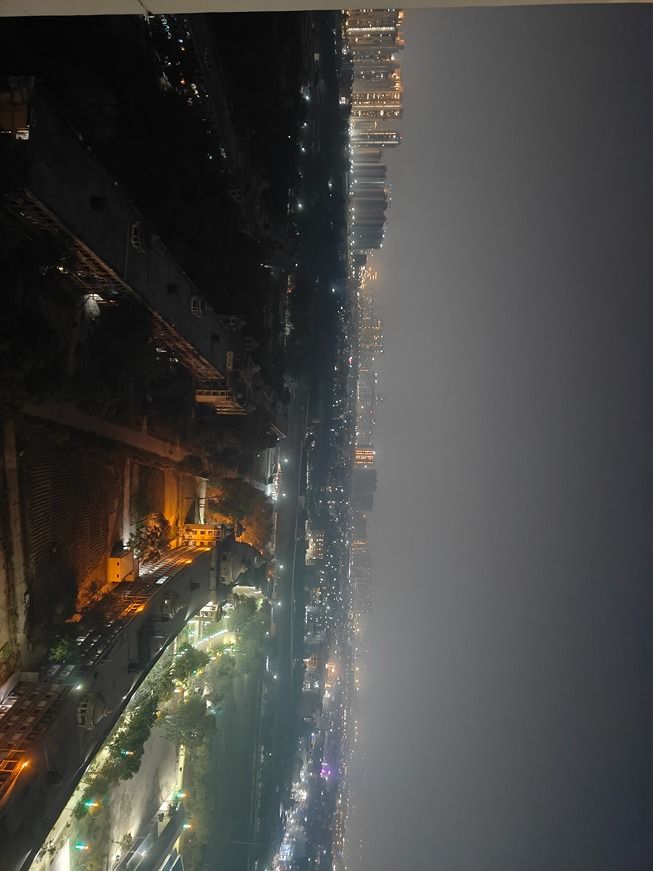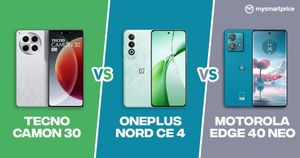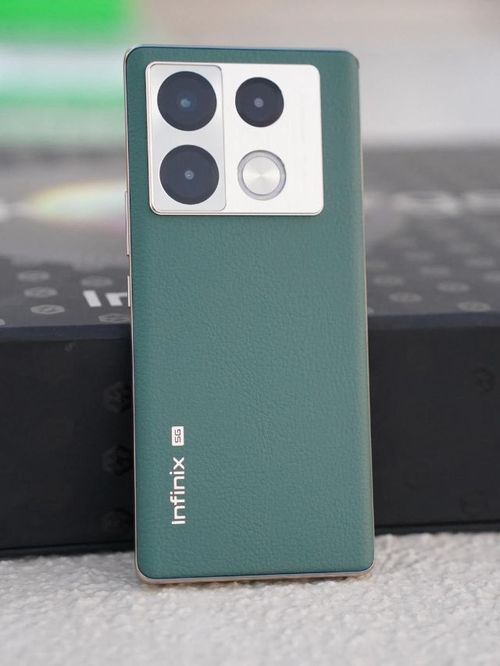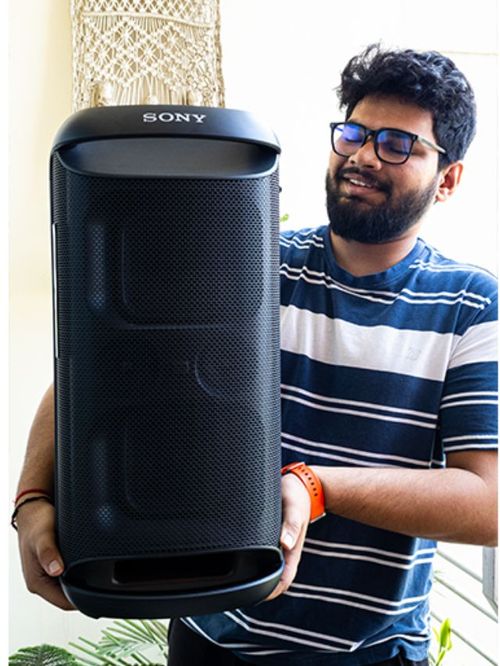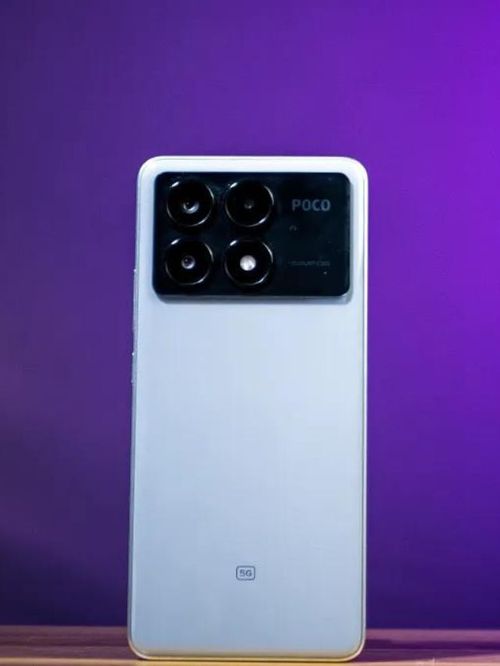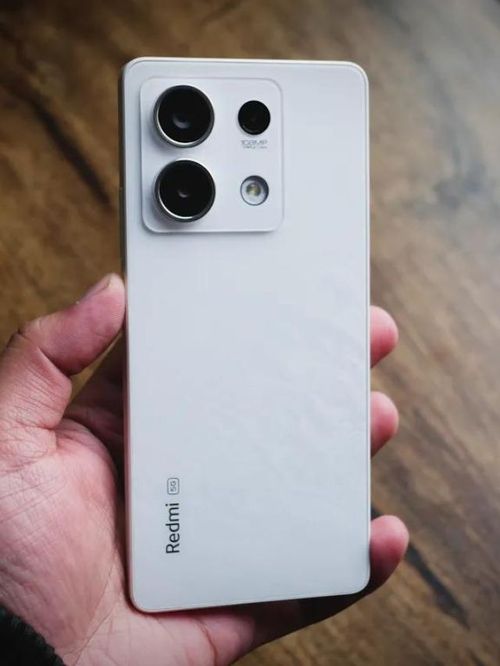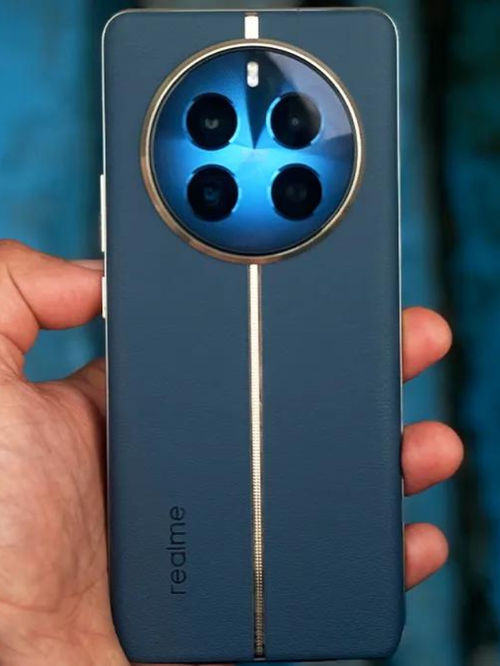
OnePlus built quite a reputation for itself with its R-series. The series’ mantra is simple: powerful phones at reasonable prices. After a rather disappointing 2022 R-series challenger, the 11R impressed us with its performance last year, but it desperately required a few camera tweaks. The OnePlus 12R is based on the same formula, promising flagship power at a mid-range punch, but what about its camera? At Rs 39,999 onwards, OnePlus 12R is in a unique spot where its 2024 competitors haven’t arrived yet, and it can only be gauged against its predecessor. Read on to find out more about it.
OnePlus 12R Review: Design and build
The OnePlus 12R strikes a balance between a sleek feel and that flagship OnePlus silhouette, which came out last year with the 11-series. The curved glass back and sleek aluminium frame deliver a modern, stylish appearance. Still, this is one hefty phone, tipping the scales at 180g.
| Materials | Front: Gorilla Glass Victus 2 |
| Back: Glass (Cool Blue, Dynamic Grey) | |
| Frame: Aluminum | |
| Dimensions | 163.3mm x 75.3mm x 8.8mm (H x W x D) |
| 2400 x 1080 resolution | |
| Weight | 180g (Cool Blue) |
| 184g (Dynamic Grey) | |
| Colors | Cool Blue, Dynamic Grey |
| IP Rating | IP64 |
However, it’s worth noting the glossy finish attracts fingerprints easily. On the durability front, 12R has an official IP64 rating for water and dust resistance.
OnePlus 12R Review: Display
The OnePlus 12R packs one of the best displays in the market for its price. You can expect rich colours, a buttery-smooth 120Hz refresh rate. It uses an LTPO 4.0 AMOLED panel, which lets it seamlessly switch to any refresh rate between 1Hz and 120Hz. This optimises performance while minimising battery drain.
So far, I have only seen the 12R use the newest generation of LTPO displays, but I didn’t see a substantial improvement of perceivable speed over Galaxy S23 Ultra, which used LTPO 3.0. Nevertheless, it’s an awesome feature to have. Strangely enough, the OnePlus 12 doesn’t have LTPO 4.0 plastered on its spec sheet.
| Display Type | LTPO 4.0 AMOLED |
| Colors | 1 Billion |
| Refresh Rate | 120Hz |
| HDR Support | HDR10+, Dolby Vision |
| Peak Brightness (HBM) | 1600 nits |
| Peak Brightness (HDR) | 4500 nits |
| Size | 6.78 inches |
| Resolution | 2780 x 1264 |
| Protection | Corning Gorilla Glass Victus 2 |
The claimed 4,500 nits of brightness is right up there with the best displays in the market. It is easily legible even under harsh sunlight. The Gorilla Glass Victus 2 glass protection is also a nice touch.
If I had to nitpick, I wish the 12R could include a slightly more responsive fingerprint scanner. The speed of recognising fingerprints has improved drastically over the last two years, and here I experienced delay while unlocking the device.
OnePlus 12R Review: Performance and hardware
OnePlus as a brand is synonymous with performance, and this is also an area where the 12R shines. The phone runs the Snapdragon 8 Gen 2 SoC, the same powerhouse found in many premium smartphones of 2023. Our tests revealed an impressive AnTuTu v10 score surpassing 1.3 million.

| SoC | Qualcomm Snapdragon 8 Gen 2 |
| RAM | 8GB or 16GB LPDDR5X |
| Storage | 128GB or 256GB UFS 3.1 |
| AnTuTu v10 Score | 1,343,165 |
| Geekbench v6 Scores | 1,559 (Single-Core), 5,100 (Multi-Core) |
What do these numbers mean? In real-world terms, they translate to buttery smooth performance in everyday tasks, demanding games, and even intensive applications. Think effortless multitasking, lag-free gaming, and lightning-fast app loading. This kind of performance typically came at a flagship price, but it’s changing this year, with the POCO X6 Pro achieving a similar score.
Nevertheless, the OnePlus 12R makes such performance more accessible to a wider audience.
Despite initial confusion around advertised UFS 4.0 support, which was later clarified as UFS 3.1 (with performance enhancements), the 12R delivers a powerful punch at its mid-range price. It’s no slouch by any means, but a bit of transparency would have saved OnePlus some embarrassment.

Software-wise, the OnePlus 12R runs on OxygenOS based on Android 14, offering a clean and user-friendly interface. Familiar features like Zen Mode for digital detox and customisable wallpapers remain present. While it lacks some fancy bells and whistles found on competitor skins, it focuses on bloatware-free performance and customization options. OnePlus promises four years of software updates.
OnePlus 12R Review: Cameras
The OnePlus 12R’s triple-camera system offers decent results for everyday use, but it doesn’t quite compete with true flagship photography.
| Rear Camera | Triple camera system |
| Main: 50-megapixel Sony IMX890 (f/1.8) | |
| Ultrawide: 8-megapixel (f/2.2) | |
| Macro: 2-megapixel (f/2.4) | |
| Front Camera | 16-megapixel (f/2.4) |
| Video Recording | Up to 8K @ 24fps |
| 4K @ 60fps | |
| 1080p @ 240fps | |
| Features | Dual-tone LED flash |
| HDR, Night Mode, Portrait Mode | |
| OIS on the main camera |
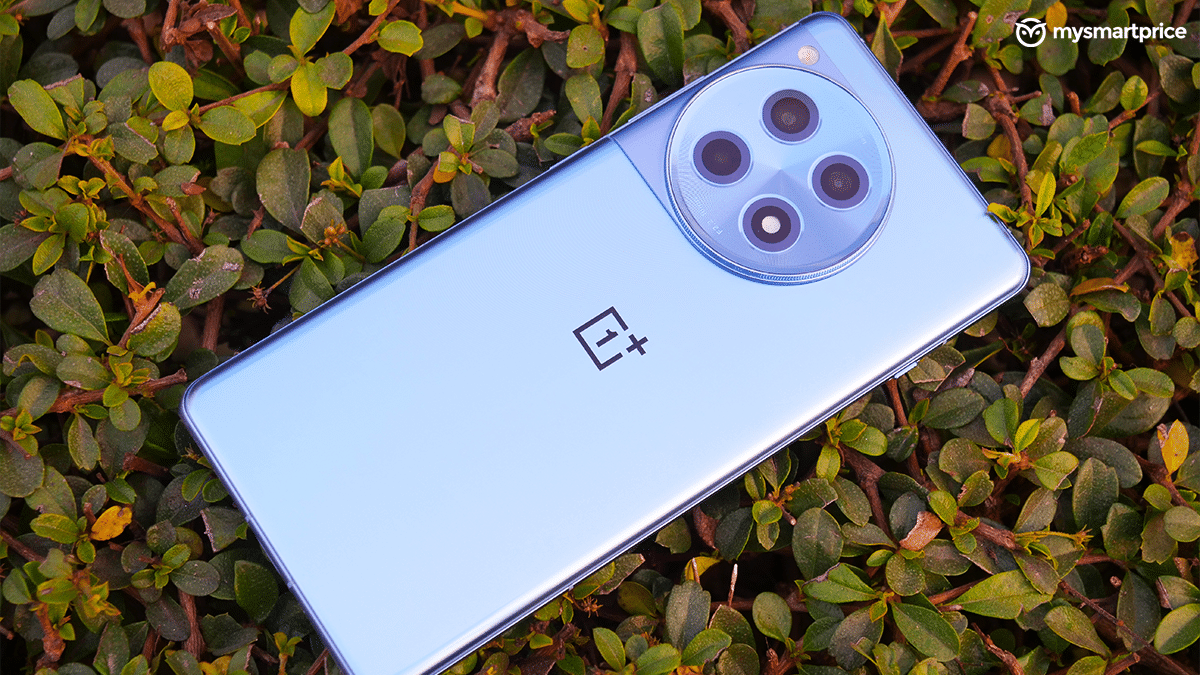
In daylight, the main camera captures clear and colourful images with good detail. The ultra-wide sensor delivers expansive shots, although sharpness drops towards the edges.
I’m not entirely sure how to feel about seeing a macro camera at this price in 2024. While I don’t have anything against it, OnePlus has the tech to take macros with an ultrawide. Or, it could have easily been replaced with a more capable telephoto: tele-macros are all the rage now. It’s not something you’d expect, sitting like an imposter in the same camera module as the flagship OnePlus 12. Come on, OnePlus! Realme at least aspired to do it with a phone worth 30 grand, you can definitely do better!
However, night photography exposes the camera setup’s limitations. While noise reduction keeps images clean, details suffer and low-light performance can’t compete with top-tier cameras.
Portrait mode works reasonably well, blurring backgrounds decently with adjustable levels. However, discerning subject edges can be tricky at times, and low-light portraiture struggles with accurate separation. HDR mode helps balance exposures in high-contrast scenes, but it can occasionally oversaturate colours. Selfies from the front camera are passable for social media sharing, but the detail and dynamic range leave room for improvement.
Remember, while the 12R’s camera holds its own in good lighting, managing expectations is key. If you prioritise exceptional camera performance in all conditions, other options might be a better fit.
OnePlus 12R Review: Battery and charging
The OnePlus 12R shines in battery life. Our tests clocked a commendable 7.5 hours of screen-on time, ensuring you can enjoy extended usage without worry. The 5500mAh battery (two 2750mAh cells arranged in parallel) is cleverly designed for efficient power distribution.
| Feature | Details |
| Battery Capacity | 5500mAh |
| Charging Speed | 100W SuperVOOC |
| Charging Time | 0% to 100% in 31 minutes |
| Battery Health Engine | Optimises charging cycles for longevity |
And when you need a quick top-up, the 100W Super VOOC charging comes to the rescue, powering your phone from near-empty to full in just 31 minutes.
Verdict
The OnePlus 12R strikes a compelling balance between power, style, and reliable battery life. It offers flagship-level performance with a powerful Snapdragon 8 Gen 2 processor and a smooth user experience. Its sleek design makes it visually appealing, while an IP64 rating helps with water and dust resistance.
The cameras may not be its strongest suit, but they do decently well in most conditions.

But here’s the weird thing — although we did complain about its camera, the lack of similarly priced options means you will either have to up your budget a little and consider the well-rounded iQOO 12 or compromise on performance and get the Pixel 7. Or, here’s a third option, wait for the upcoming iQOO Neo 9 Pro, if performance is where your heart is at. Clearly, OnePlus has played the pricing card really well with the 12R.
If you are confused between the OnePlus 11R and the 12R, the choice is simple. If the former gets a significant price drop, you can easily opt for that. Else, the OnePlus 12R will be a more ideal choice.




